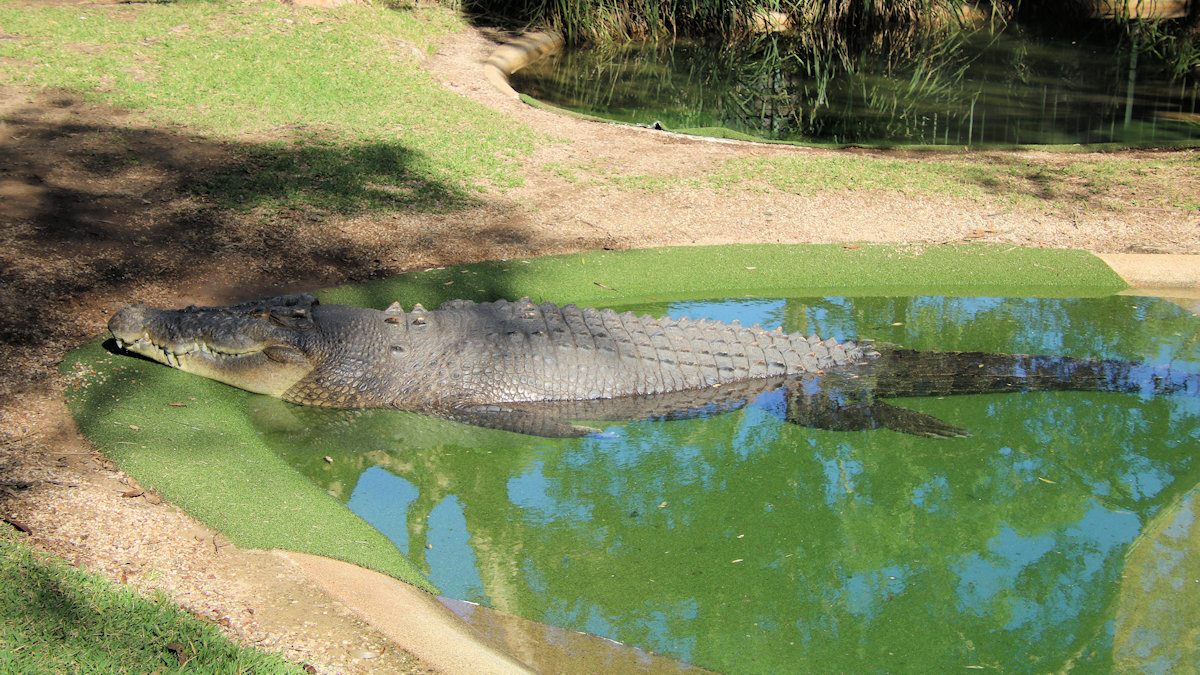Tag: New South Wales
-
Motor Launch Protex

Motor Launch Protex Built sometime around 1908, Protex was later purchased in 1934 by the Sydney ferry and tug company, Nicholson Bros. In line with their usual policy of naming their craft using words beginning with ‘Pro’ she was called Protex after a popular brand of soap. Up until 1970, she ferried goods and people… Read more
-
The Art of Banksy Sydney

The Art of Banksy Sydney Displayed in the Sydney Town Hall and open until 19 May 2024, The Art of Banksy Sydney is an impressive display of some of his greatest works. Starting with a timeline of Banksy’s works, the exhibition illustrates the progression of his works and its commentary on western society. Each of… Read more
-
Australian Reptile Park

Australian Reptile Park Located just over an hour’s drive north of Sydney on the NSW Central Coast, the Australian Wildlife Park is an excellent place to see some of Australia’s deadly wildlife. If you want to get up close with deadly snakes, spiders and crocodiles, this is the place for you. Getting There Located not… Read more